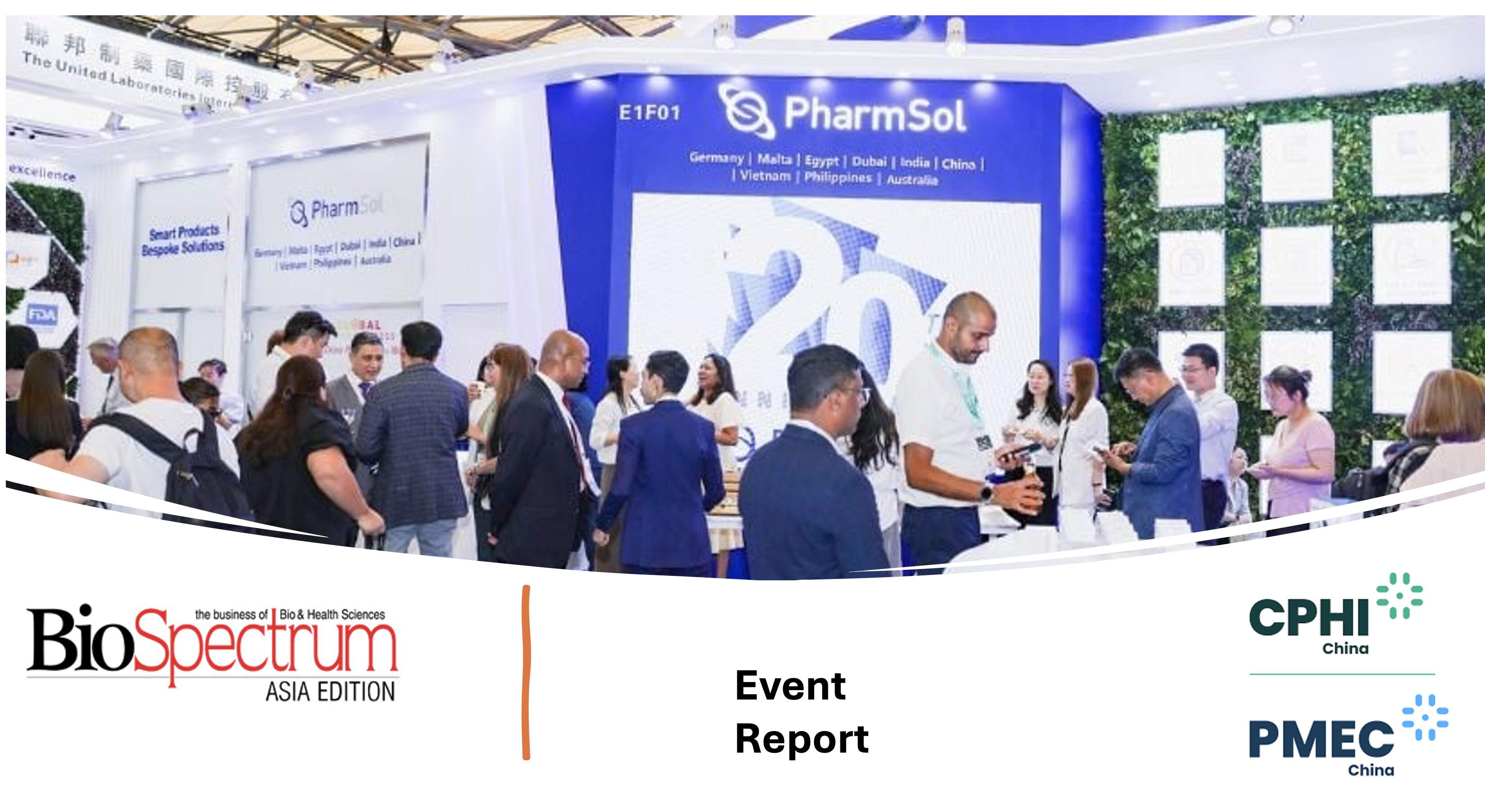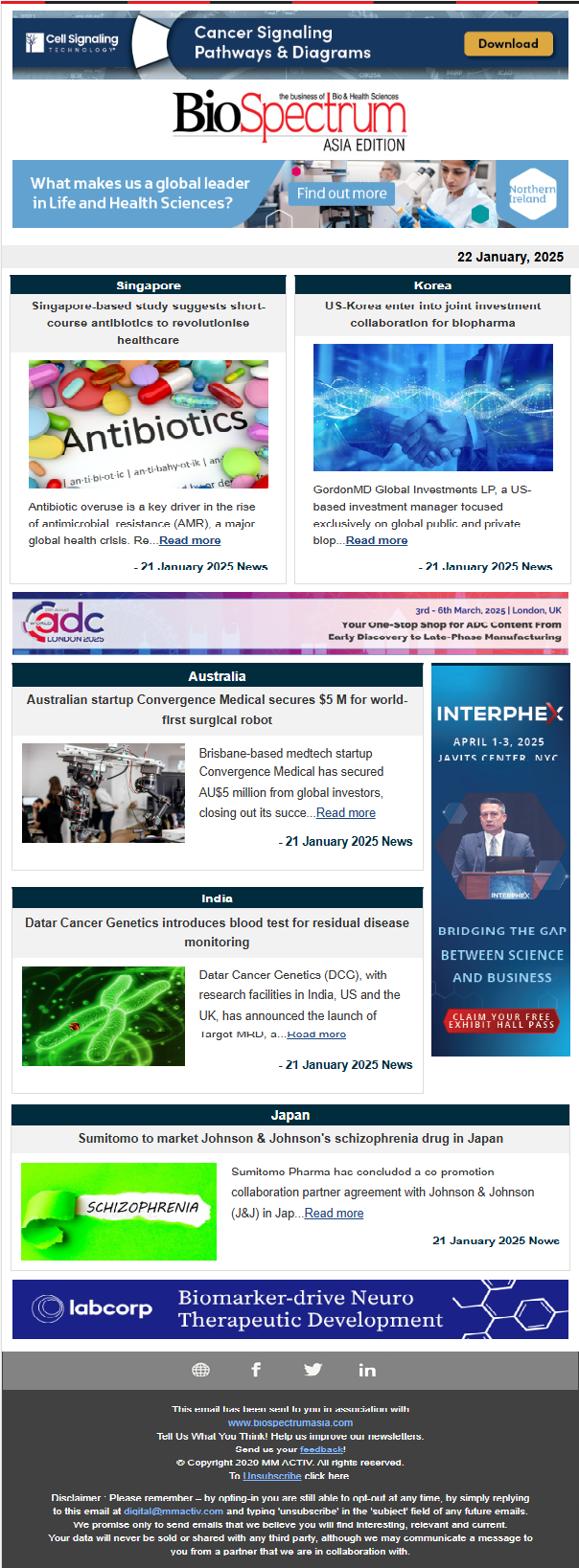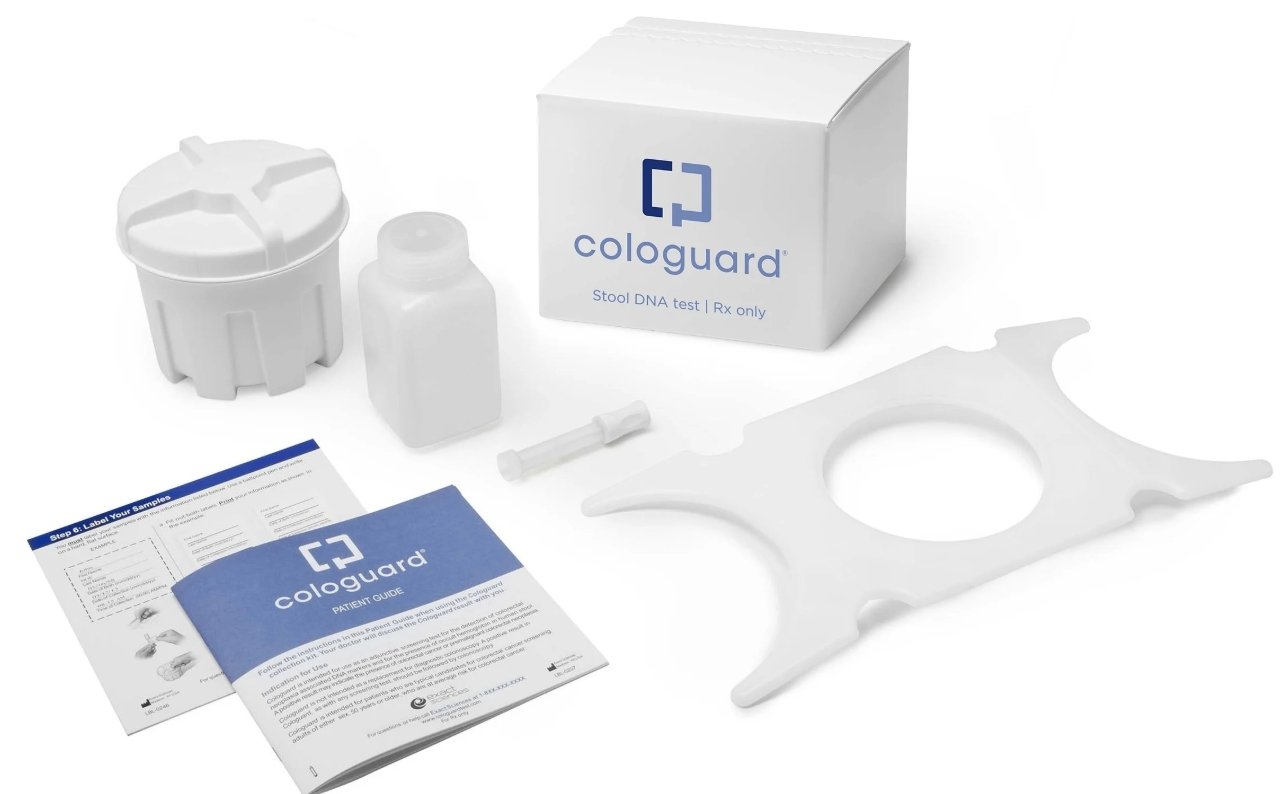
Held at the Shanghai New International Expo Center from 23 to 26 June 2025, CPHI & PMEC China reaffirmed its position as Asia’s foremost pharmaceutical exhibition. The event drew over 90,000 attendees, 3,500+ exhibitors, and hosted more than 100 content sessions, becoming a powerful catalyst for deal-making, innovation sharing, and regulatory dialogue.
Under the theme “Turning Local Connections into Endless Opportunity,” the exhibition served as a hub for strengthening partnerships, exploring regulatory trends, and introducing novel technologies in APIs, biologics, excipients, drug delivery, and more. In a fast-evolving supply chain landscape, the event emphasised China’s growing significance as both a global manufacturing powerhouse and innovation leader.
Day One: Global Outlook and Industrial Policy Directions
Session: 14th Pharmaceutical Industry International Development Forum
Held at the prestigious Purple Mountain Hotel on 23 June, this high-level session marked a strategic opening to CPHI & PMEC China 2025. The forum convened leading voices from regulatory bodies, government agencies, and corporate leadership across the global pharmaceutical supply chain to assess industrial policy shifts and international cooperation in drug development and distribution.
Notable speakers included:
Zhou Hui, President, CCCMHPIE (China Chamber of Commerce for Import & Export of Medicines & Health Products): Emphasised the need for China to lead on the global stage by "balancing quality, innovation, and compliance"—a tripartite vision to elevate China's pharmaceutical competitiveness.
Zhang Wei, Executive President, China Society for Drug Regulation: Stressed the urgency of regulatory harmonisation, particularly with global frameworks such as ICH and WHO standards, to facilitate smoother international market entry.
Meng Xiaofeng, Vice President, Haisco Biopharma: Shared insights on quality systems and GMP implementation, noting that “GMP is the entry ticket, not the entire journey,” underscoring the need for sustained investment in innovation, scale-up capabilities, and patient-centric outcomes.
Key themes and discussions included:
Trade Forecasts and Global Positioning:
Officials from China’s Ministry of Commerce provided updated forecasts on pharmaceutical exports, identifying Asia-Pacific and Africa as growth hotspots and projecting a robust double-digit expansion in biologics trade.
China-ASEAN Drug Procurement Collaboration:
A special focus was given to ongoing drug procurement alliances with ASEAN countries, enabling shared regulatory pathways, bulk procurement agreements, and faster access to essential medicines across Southeast Asia.
US and EU Market Access Strategies:
Experts outlined actionable steps for Chinese pharma companies to gain footholds in mature markets. These included regulatory science alignment, real-world evidence generation, and leveraging overseas manufacturing investments to overcome compliance bottlenecks.
Belt and Road Initiative (BRI) as a Biopharma Growth Engine:
The forum highlighted how the BRI is evolving from infrastructure to health diplomacy, with opportunities for pharma companies to engage in joint ventures, tech transfer agreements, and clinical trial collaborations in Central Asia, Africa, and Eastern Europe.
Overall, the session reinforced China's ambition to be more than a manufacturing base—to emerge as a proactive, policy-driven, and innovation-led partner in global healthcare.
This session set the tone for China’s policy-driven push towards next-generation pharmaceutical development. Discussions were anchored in China’s 14th and 15th Five-Year Plans, focusing on the integration of stable isotope technologies, personalised medicine, and digital transformation across drug development workflows. Policymakers highlighted how evolving regulatory frameworks are shifting from being mere gatekeepers to becoming enablers of innovation, encouraging early-stage clinical translation and real-world data use.
A focal point for stakeholders in the biologics and CGT landscape, this forum examined disruption across the biopharma value chain—from novel antibody design to cell therapy manufacturing scalability.
Key speakers and insights:
Dr. Xin Guo, Henlius: Emphasised the dual challenge of discovery and delivery, stating, “Design biologics not just for efficacy, but for scalability. Manufacturability must be embedded from day one.”
Dr. Ling Li, WuXi Biologics: Framed the role of CDMOs as strategic innovation partners, adding, “Integrated CDMO is the new standard—clients no longer want piecemeal support; they want end-to-end capabilities under one roof.”
Topics covered:
Antibody-drug conjugate (ADC) optimisation
Aseptic fill-finish innovation
CAR-T and CGT platform scalability
IND filing acceleration strategies for global markets
Held as a technical deep-dive, this session focused on advancements in excipient science, a critical but often overlooked component of pharmaceutical success.
Featured speakers:
Dr. Ankitkumar S. Jain, Eastman Chemical: Highlighted AI-enabled excipient formulation strategies that predict performance profiles in silico, significantly reducing development timelines.
Cissy Suming Wang, Ashland & IPEC China: Spoke on the role of excipient harmonisation across US, EU, and China, pushing for regulatory convergence.
Walter Liu, Ashland Life Sciences: Presented case studies on improving gel strength and stability for novel dosage forms.
Industry leaders such as Ashland, Roquette, and Colorcon showcased platform excipients tailored for mRNA, poorly soluble APIs, and sustained-release applications—underscoring how excipient innovation is vital for drug efficacy, patient compliance, and regulatory approval.
This session highlighted the evolving global API landscape and how Chinese manufacturers are repositioning post-COVID to compete on quality and traceability, not just cost.
Key speakers:
Zeng Yali, Clarivate: Identified quality assurance, traceability, and environmental compliance as the next-generation value propositions for API suppliers aiming to meet EU and US standards.
Chen Tian, Chaitou Pharma: Provided insights into shifting geopolitical supply chain dependencies and China's domestic capacity scale-up for critical raw materials.
A strategic session that showcased the importance of voluntary licensing to drive equitable access in low- and middle-income countries (LMICs).
Highlights:
Joe Zhou, Desano Pharma: Noted, “Partnering with MPP builds both access and trust. It’s not just good ethics—it’s good business.”
Case studies demonstrated how licensing under MPP improved treatment access for HIV, hepatitis C, and tuberculosis across South and Southeast Asia.
Venue: Hall E5 | Dates: 24–25 June
This multi-day session brought together researchers, functional food brands, and traditional medicine advocates to discuss the convergence of nutrition, wellness, and biopharma.
Speakers included:
Prof. Zhang Zhaofeng, Peking University: Explored anti-aging nutraceuticals and their mechanisms at the mitochondrial level.
Dr. Wang Zhao, Tsinghua University: Presented clinical evidence on cell-level repair technologies using plant-based compounds and probiotics.
Themes included:
Nutraceuticals in regenerative medicine
Beauty-from-within solutions
Cross-border regulatory alignment in functional food markets
This unique session spotlighted the emerging field of veterinary drug innovation with a focus on gene therapies and targeted formulations for companion animals.
Chaired by Dr. Liu Ruideng, the forum covered:
Veterinary drug pipelines, especially for chronic conditions
AAV-based gene therapy for pets
Dr. Wei Fu, Fudan University: Noted, “Pet pharma is not just an extension of human pharma—it’s a new innovation vertical with distinct regulatory and therapeutic challenges.”
A timely and essential conversation around how sustainability has evolved into a core element of pharma operational strategy.
Key insights:
Gary Lu, AstraZeneca APAC: Shared the company’s roadmap to achieve carbon-negative operations by 2030, including electrification of supply chains and green API synthesis.
Lu Jingwen, Boston Consulting Group: Emphasised that “Sustainability is no longer CSR—it’s strategic risk management and operational efficiency.”
The session concluded with cross-sector commitments to incorporate green chemistry principles, digital energy monitoring, and ESG-driven investment frameworks into pharma’s long-term growth strategy.
Major exhibition zones included:
Natural Extracts
BioTech
Finished Dosage & Excipients
PMEC Pavilion
The CPHI Innovation Galleries spotlighted excipient breakthroughs, biologic delivery platforms, and advanced cleanroom technologies.
SKY-BSEC: MEGAFULLIFE® fish oil (TG ≥98%)
VDO Biotech: VDX chromatography resins
Kawaken Fine Chemicals (Japan): Hydrogenation catalysts for flow systems
Chinese pharmaceutical and biotech companies are rapidly evolving from traditional Contract Development and Manufacturing Organisations (CDMOs) to full-spectrum Contract X Organisations (CXOs). This shift reflects a strategic repositioning toward becoming end-to-end innovation partners, offering integrated services that span early discovery, preclinical development, clinical trials, commercial manufacturing, and regulatory support. This trend underscores China’s growing ambition to lead in global biopharma value chains by delivering not just capacity, but strategic capability.
Artificial intelligence, machine learning, and digital automation are increasingly embedded across pharmaceutical R&D and manufacturing operations. From AI-assisted drug formulation and predictive stability modelling to digital twins in manufacturing and real-time quality assurance systems, these technologies are enhancing productivity, reducing time-to-market, and ensuring data integrity. Investment in digital transformation is particularly strong among biologics developers, CDMOs, and innovative excipient producers.
There is a visible and deliberate push among Chinese regulatory bodies and pharmaceutical firms to align with international standards, particularly those set by the US FDA, European Medicines Agency (EMA), and the World Health Organization (WHO). This harmonisation effort is aimed at facilitating smoother global market access, strengthening mutual recognition procedures, and reducing time and cost associated with redundant regulatory pathways. Engagement in ICH frameworks and increasing participation in global pharmacovigilance systems are signs of China’s maturing regulatory landscape.
Sustainability is no longer peripheral—it has become a core strategic pillar for pharmaceutical and life sciences companies. Environmental compliance, green chemistry adoption, and energy-efficient manufacturing are now board-level concerns, driven by both regulatory mandates and investor expectations. Firms are increasingly aligning with Environmental, Social, and Governance (ESG) benchmarks, with a focus on decarbonisation, water stewardship, and sustainable supply chains. Stakeholders view this not only as a compliance issue, but as a competitive advantage in an increasingly climate-conscious global market.
CPHI & PMEC China 2025 was more than an exhibition—it was a summit of ideas, investments, and industrial change. For BioSpectrum Asia, it presented a powerful vantage point to witness China's growing influence on the global pharmaceutical map.
“This is the new China: regulatory smart, commercially agile, and scientifically ambitious,” noted Dr. Jin Xiaoci, Director, UPS Healthcare Asia.
Whether it’s APIs, advanced formulation technologies, or emerging nutraceuticals, CPHI & PMEC China is the definitive gateway to Asia’s pharmaceutical future.




